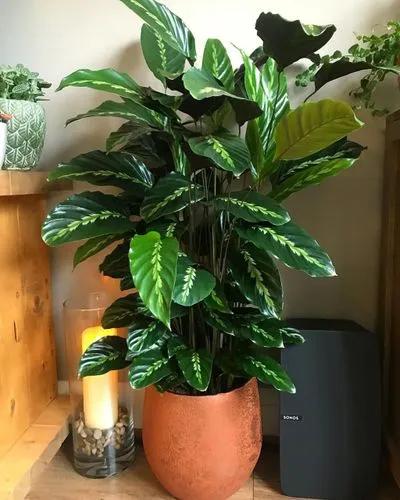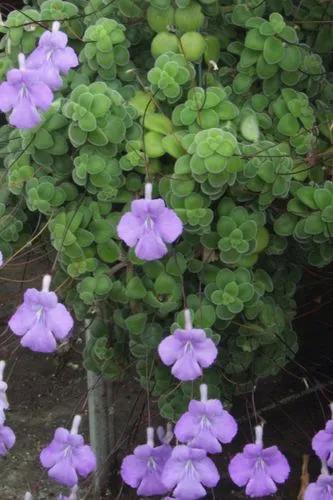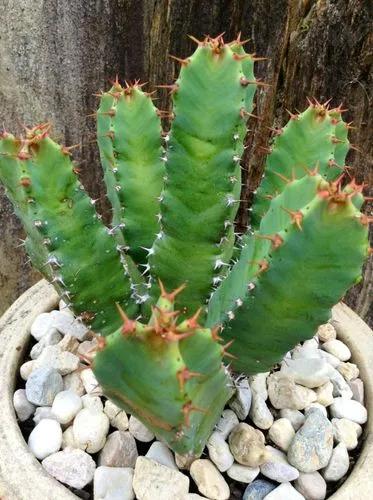Jack-in-the-pulpit (Arisaema triphyllum) is a unique plant with an interesting growth habit. The structure that most people call the jack-in-the-pulpit flower is actually a tall stalk, or spadix, inside a hooded cup, or spathe. The true flowers are the tiny, green or yellow-tinged dots that line the spadix. The entire structure is surrounded by large, three-lobed leaves that often hide the spathe from view. In late summer or fall, the spathe falls off and the flowers give way to decorative wands of bright red berries.
Jack In The Pulpit Care
Arisaema triphyllum
Other names: Bloody Arum, Bog Onion, Brown Dragon, Indian Turnip, American Wake Robin, Wild Turnip, Starchwort, Preacher In A Pulpit, Arisaema Atrorubens



How to Care for the Plant

Water

An evenly moist soil is another must for growing Jack-in-the-pulpit.

Fertilizer

Fertilizing with compost is sufficient in many cases. But use a fertilizer containing ammonium-N if your soil pH is not acidic enough.

Sunlight

Some shade is an absolute must. The plant performs well even in deep shade.

Soil

These wildflowers do not demand the superb drainage that many plants do, making them an option for boggy soils. The idea is to mimic the native habitat, which is damp, acidic areas of the forest rich in organic matter.

Temperature

It is hardy to zone (UK) 4.

Additional

Jack-in-the-pulpits are poisonous plants, the corms (if eaten raw) being considered especially toxic. Native Americans cooked the corms after soaking and drying them, as preparation for both medicinal and culinary uses (thus the common name, "Indian turnip"). But only experts should try this.

Popularity

356 people already have this plant 76 people have added this plant to their wishlists
Discover more plants with the list below
Popular articles






